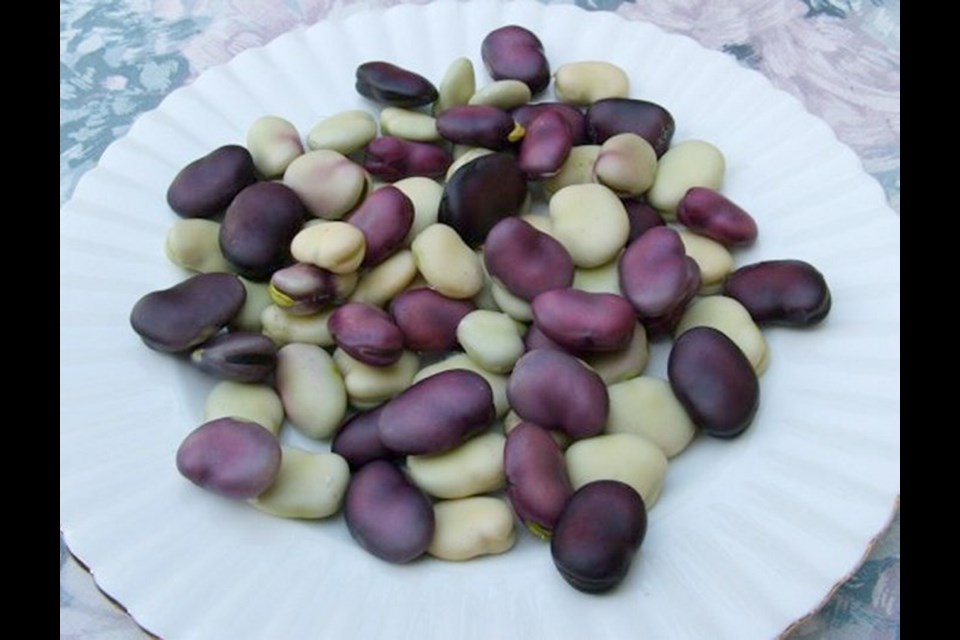Dear Helen: This winter, I’d��like to try cutting a few stems from some of the early-blooming shrubs in the garden to see whether they will flower in a vase of water. What is the best time to gather the stems?
A.F.
Dear A.F.: Many gardeners do this, with success. Theoretically, any time from late December onward is suitable for cutting the stems, provided there has been a period of cold first. Keep in mind, though, that as a general rule, the closer the cutting is done to the plant’s natural flowering time the easier it is to enjoy a good display of bloom on the stems indoors.
Among flowering shrubs that flower in late winter and early spring, the most popular for this “forcing” of cut stems and an advance glimpse into spring are forsythia, flowering quince (Chaenomeles), flowering currant, Chinese witch hazel (Hamamelis) and wintersweet (Chomonanthus). The last two will be blooming outdoors already in some gardens.
Avoid gathering the stems in freezing weather, and try to choose stems that need removing anyway, to maintain a shapely shrub. Make each cut either at the stem’s point of origin or right above an outward-facing point of growth.
Re-cut the stems on a slant indoors and place them immediately in warmish water. Keep the vase in a cool place and in indirect light until the buds begin swelling. Then bring it to a bright location. The flowers will last longest in cool temperatures.
��
Dear Helen: How hardy are Brugmansia plants? Do they require special care over the winter? How are they different from Datura? Both are called Angel’s Trumpet.
L.A.
Dear L.A.: Brugmansia plants are half-hardy to tender (depending upon the species or named variety) shrubs, grown for their large, fragrant, pendent flowers. Listings in references and catalogues are still sometimes to be found among the daturas, which are similar plants, but true daturas bear smaller, more upright flowers on short-lived plants that die down in winter.
Brugmansias are usually grown as small trees, with a single trunk; however, they can also be trained as rounded shrubs. They are grown here mainly as potted plants.
Some Brugmansias will tolerate a very light frost, but most need to be wintered in a cool but frost-free location.
��
Dear Helen: Is it too early to start sowing seeds indoors? I have a small unheated greenhouse.
P.N.
Dear P.N.: The timing depends upon the lighting situation in your home. Before I acquired a three-tier plant stand with lighting, I grew my seedlings on shelving in the family room, next to south-facing glass doors. Even in that situation, light levels seldom were elevated enough before March for the development of stocky transplants. By early April, in most years, the more cold-tolerant seedlings can go into an unheated greenhouse.
Without some sort of supplemental lighting, I’d wait until about mid-February to start with the first wave of indoor sowings. Because I have plant lighting, and I do so much indoor seeding, I try to get a head start this month with cold-hardy vegetables and flowers that can be transplanted into the garden early in spring. Among them are onions and leeks, pansies, violas, sweet pea, carnations and pinks, and a few early varieties of cabbage, broccoli and cauliflower. Often, these sowings spill over into February.
Onions and leeks are the most forgiving because if they become lanky, they can simply be scissored back lightly to reduce their height. Thinning seedlings early in their flats and shallow pots helps to encourage chunky rather than thin and lanky growth.
The strongest, stockiest transplants possible result from the best possible light, adequate spacing, cool temperatures (once the seeds have germinated), and a light hand with the watering.
��
Dear Helen: What broad bean variety do you prefer, and when should the seeds be planted?
H.F.
Dear H.F.: Witkiem, from William Dam Seeds, has been a staple among the broad (fava) beans in my garden. The plants are strong, stocky and prolific, the beans buttery.
I’m also fond of Purple Fava (Salt Spring Seeds). The beans are gorgeous and sweet and the flowers are good in salads. Crimson Flowered Fava (Seeds of Victoria) are beautiful in bloom and the beans are flavourful.
A usual time for seeding outdoors is March, early if weather permits, for July harvesting, though many varieties over-winter well here and can be planted in the fall. Seeds of Victoria notes that their Black Flowered Favas, seeded in November, give a June harvest.



